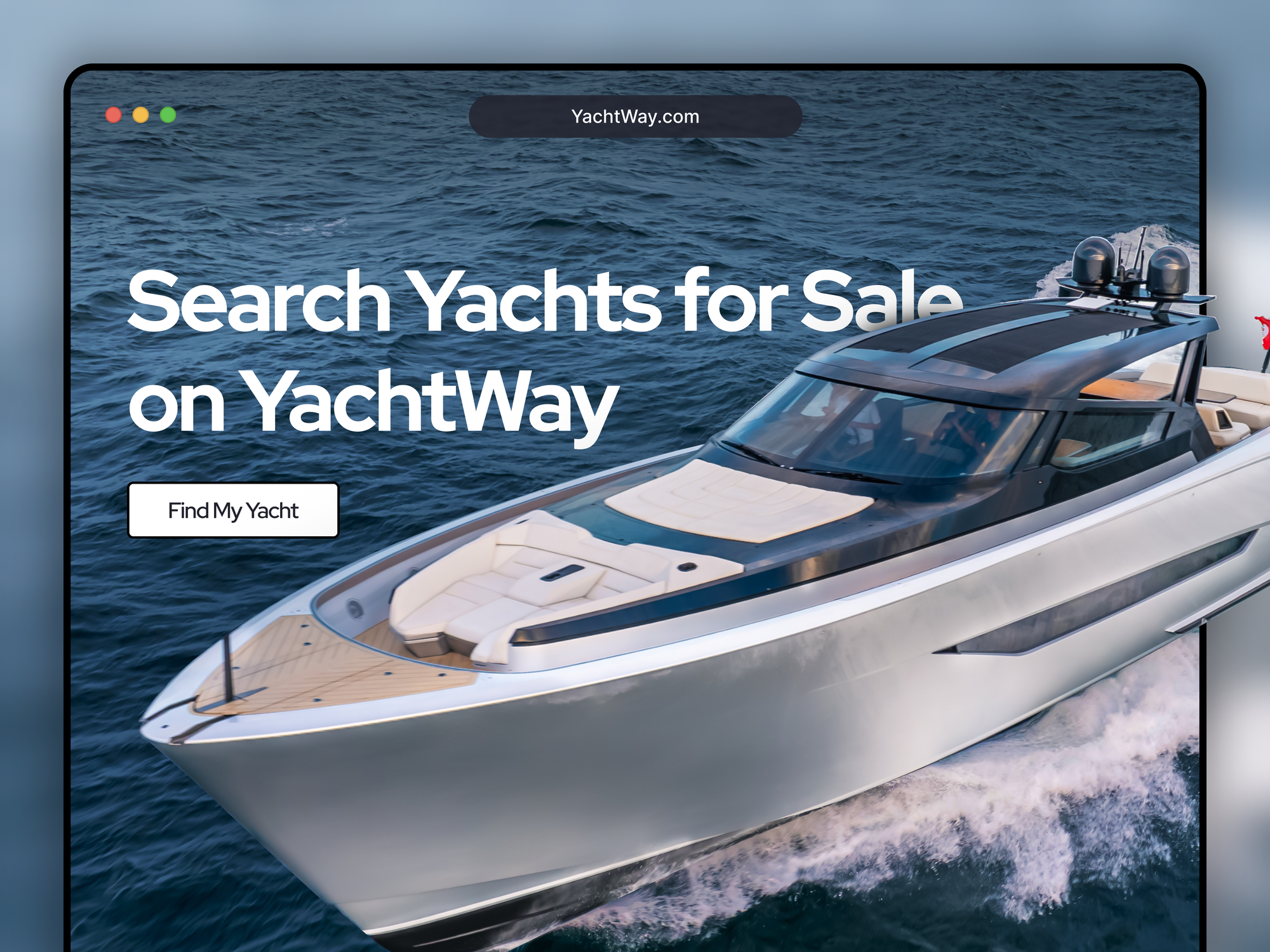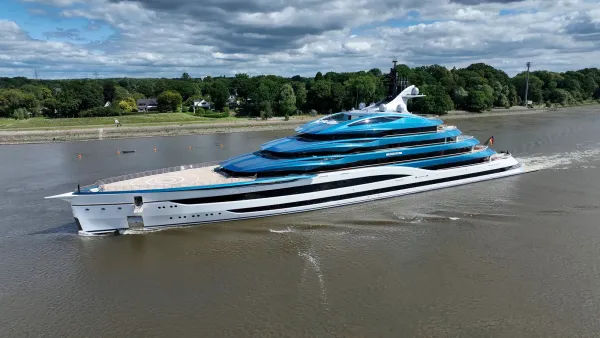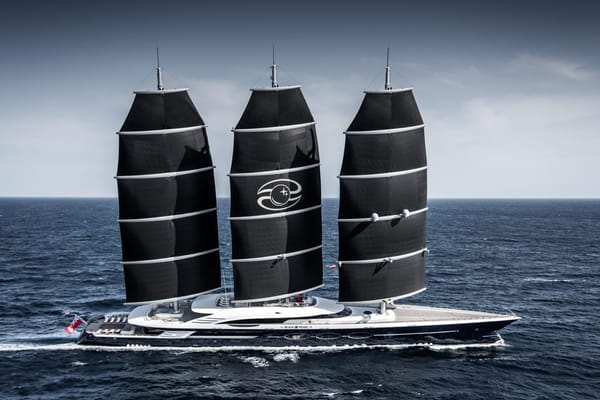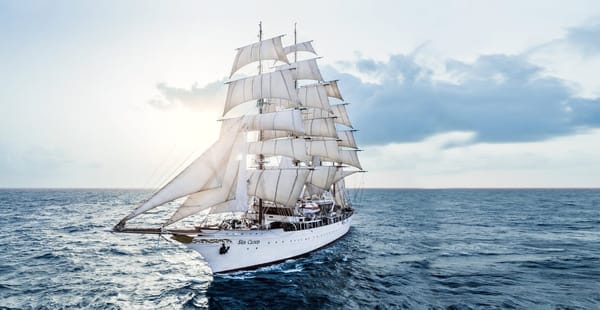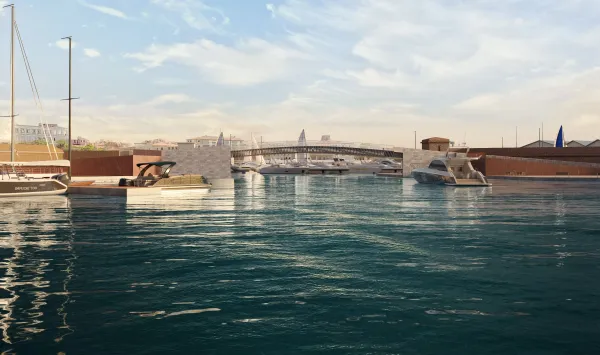Power vs. Sailing Catamarans: Which Should You Buy?
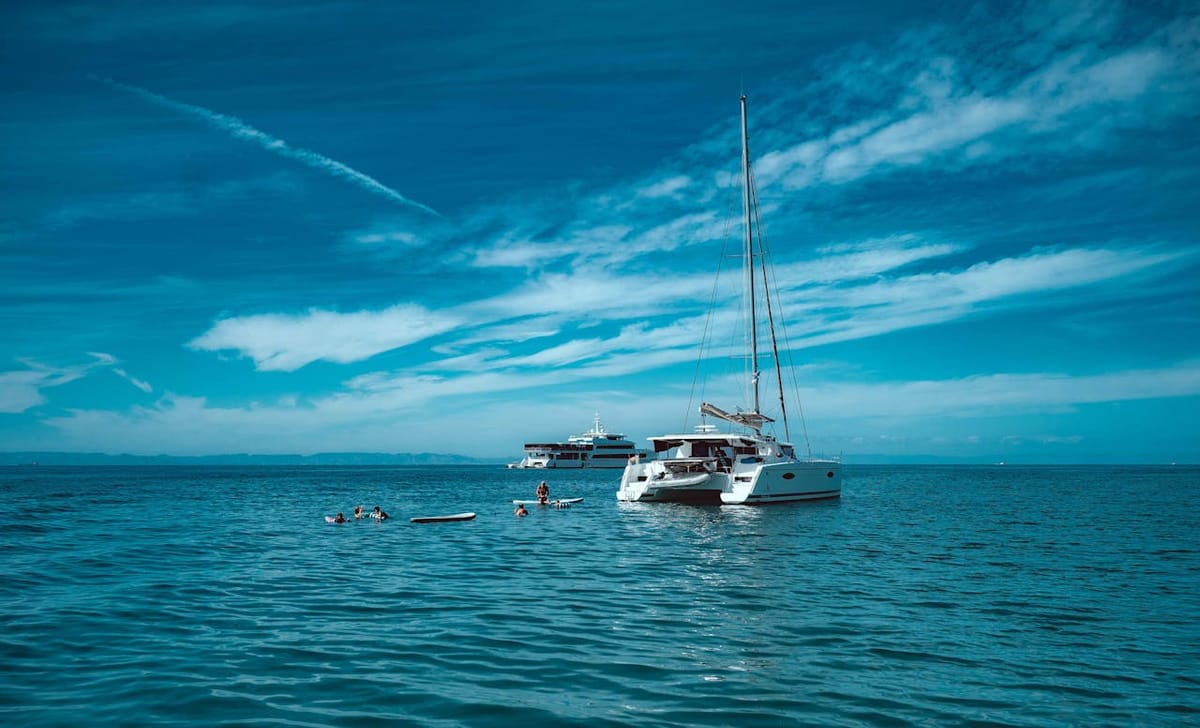
With the popularity of catamarans skyrocketing — especially for those who just want some smooth, easy coastal cruising with generous living space — and online sources and dealers touting their simplicity of handling for new yachters — would-be owners are faced with a big choice: sail or power? In this article, we'll go over the pros and cons of each.
Power Cats: the Good
- Speed: As with all power-versus-sails comparisons, speed is one of the biggest differences. Power cats can reach relatively high speeds (not as high as, say, a performance powerboat, but at minimum double the cruising speed of sails), and the benefits of that are self-explanatory: want to get where you're going faster? Well, there you go. That said, there are a few high-end sailing catamarans that can hit high speeds — but they're much better for experienced sailors, where a high-speed power cat can be handled pretty easily by a new boater, and you can expect those models to cost multiple millions.
- Easy handling: Sailing requires a decent amount of practice, so anyone looking to get into sailing cats should ask an experienced sailor for help or look into lessons. By major contrast, power cats are designed to be accessible to anyone who's ever driven a boat, and, of course, don't require the constant calculus of sail management.
- Spaciousness: Masts remove interior space; power cats don't have them.
Power Cats: the Bad
Don't worry, there's no "the ugly."
- Fuel: Naturally, engines consume fuel, and higher-speed engines consume more fuel, and more fuel than that if you push them to their limits (which also causes engine wear, eventually leading to more and higher maintenance costs). Fuel use for multiple high-power engines, in addition to not quite being eco-friendly, can be expensive. There are, however, many builders responding to these concerns by adding features like solar arrays on the vessel's surface, which can greatly reduce fuel usage (though it'll increase the initial cost).
- Noise: Those multiple high-power engines also generate noise and vibration. Hybrid- and all-electric power cats can cut down on both significantly, but, as above, they'll raise the initial price.
- Range: Fuel runs out — if you're going for a long cruise, you'll have to stop to refuel, especially if you're pushing for high speeds.
- Price: In general, motor yachts of all kinds cost more than sailing yachts due to the intricacy of the systems involved.
Sailing Cats: the Good
- Little to no fuel needs: Naturally, you'll be using your sails to get where you're going, and your (relatively low-power) engine for things like docking and getting out of a harbor. You'll rarely have to refuel — and if you get an eco model, you'll likely have an all-electric engine powered by solar cells, and never have to worry about it.
- Eco-friendliness: See above; wind power at sea is the most resource-efficient way to go yachting, and a wind-and-solar combination is unmatched.
- Range: Sails mean you can go wherever you want for as long as you want without stopping, supposing you're well-stocked.
- Price: Sailing yachts are nearly always significantly less expensive than motor yachts due to their comparative simplicity.
- Silence: Sails, of course, are silent propulsion, leaving you with the perfect zen feeling of listening to the waves and the breeze (if you've never been sailing, trust me: that zen feeling is real).
Sailing Cats: the Bad
Still no ugly!
- Dependency on conditions: Wind power depends on the wind's power, and sometimes you'll have the misfortune of hitting wind too light to be useful. Raising more sails can help, but some people prefer to motor out of these conditions, which is inconvenient and inefficient.
- Higher competency floor (and ceiling): If you want to get into sailing, you'll want someone to teach you how first, and sailing in unusual or challenging conditions requires more niche knowledge of sail-management and techniques to stay out of danger.
- Speed: Sailing cats are faster than most sailing monohulls (your average sailboat), but with the exception of very high-end (and high-price) models, they'll be slower than power cats.
In Summary:
Power cats are best for those who don't mind spending a little more for added convenience and ease of use; sailing cats are best for those who want to feel more connected to the sea and worry less about fuel use, and don't mind the slower speeds (in most cases, as above — see here for counterexamples) and the potential need to learn a new skill.
Both, regardless of their differences, are perfect for people looking to cruise calm waters with plenty of space and stability. ⛵︎
